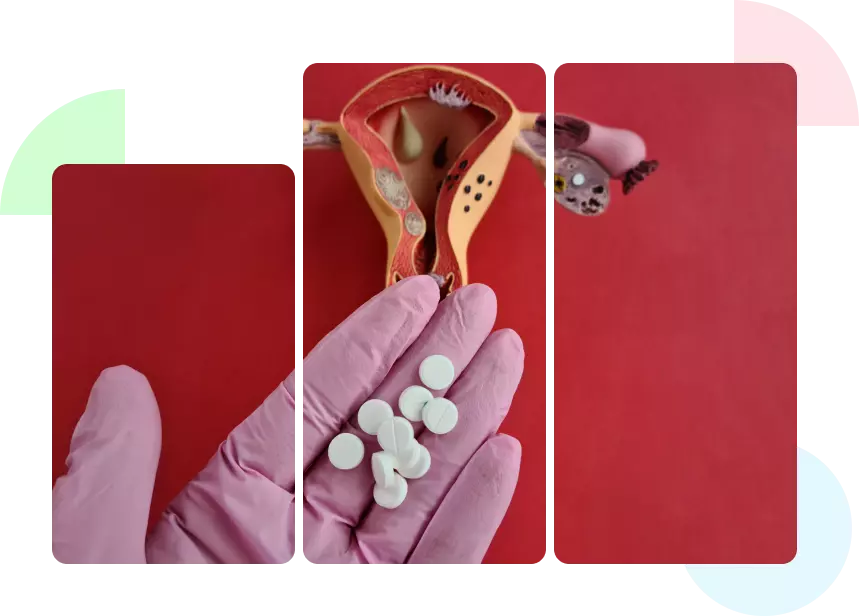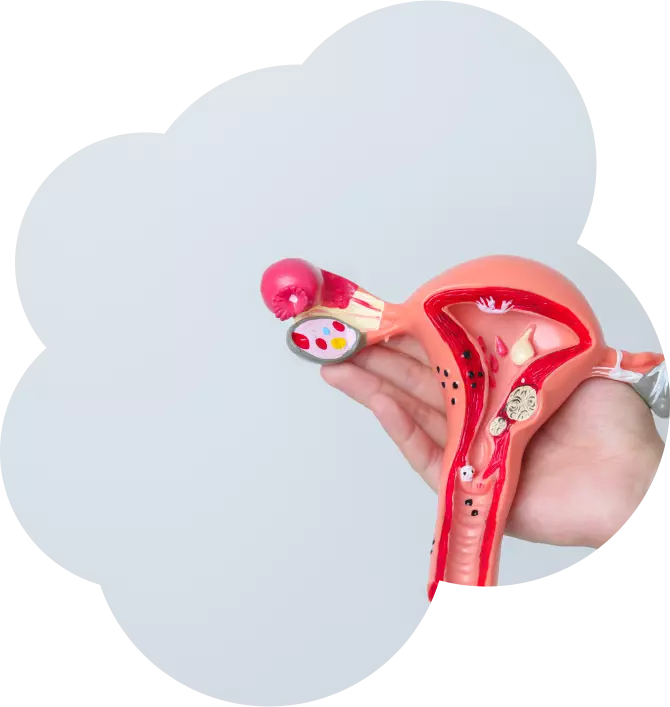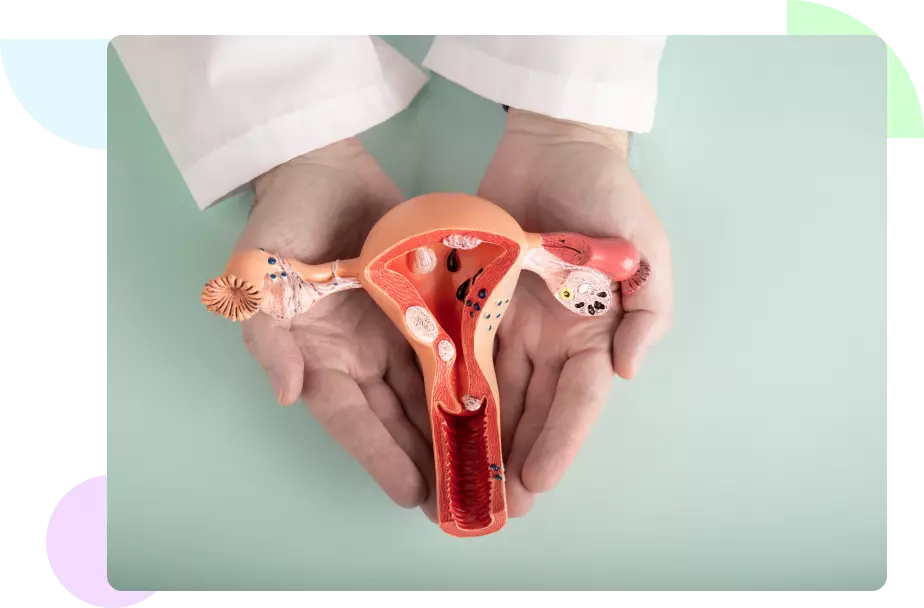
Non-cancerous growths in the uterus are called Fibroids. They can vary in size, from as small as a pea to as large as a grapefruit. Fibroids are very common, affecting up to 80% of women by the time they reach age 50.
While many women with Fibroids experience no symptoms, some may experience heavy or painful periods, pelvic pain, frequent urination, and fertility issues.
In cases where Fibroids cause significant discomfort, fibroid removal surgery may be recommended to alleviate symptoms and improve quality of life.
While many women with Fibroids experience no symptoms, others may exhibit the following major signs
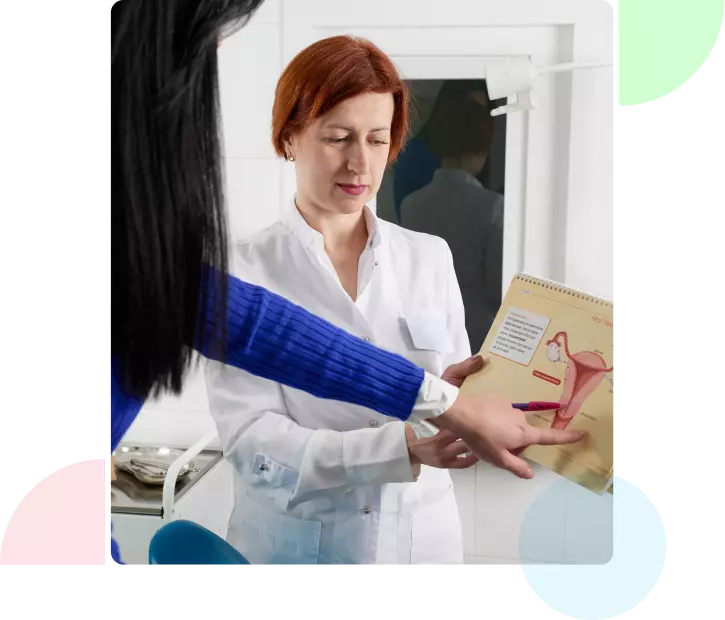
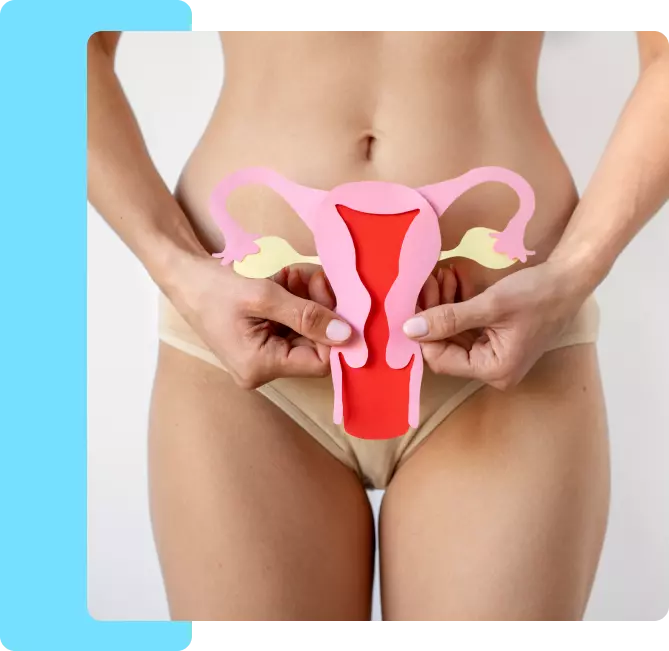
While the exact causes of Fibroids are not fully understood, there are several factors that can contribute to their development. Hormonal imbalances, genetic predisposition, and environmental factors like diet and lifestyle have all been linked to the formation of Fibroids.
An excess of estrogen and progesterone hormones can stimulate the growth of fibroid cells. Additionally, a family history of Fibroids suggests a genetic component. Certain dietary and lifestyle choices, such as a high-fat diet, alcohol consumption, and lack of exercise, have also been associated with an increased risk of developing Fibroids.
Understanding the potential causes of Fibroids is important, as it can help individuals take proactive steps to manage their condition, which may include fibroid removal surgery in some cases.
Diagnosing fibroids typically involves a combination of physical exams, imaging tests, and, sometimes, minimally invasive procedures. For the most accurate diagnosis and treatment, consult the Best Doctor for Fibroids in Bangalore. Your doctor will likely start with a pelvic exam to feel for any abnormal growths.
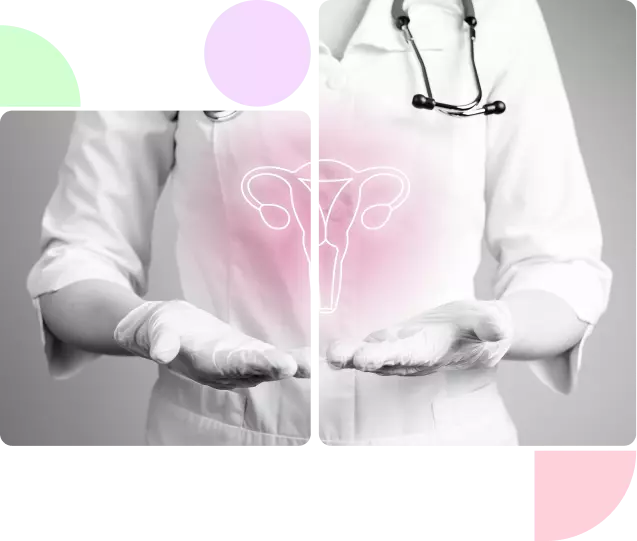

While many women with Fibroids experience no symptoms, others may struggle with heavy menstrual bleeding, pelvic pain, and fertility issues.
Depending on the size and location of the Fibroids, as well as the severity of symptoms, best treatment for Fibroids may include medication, minimally invasive procedures, or surgery. Oral contraceptives and gonadotropin-releasing hormone (GnRH) agonists helps in Fibroids removal.
Myomectomy, which is the Best Treatment for Fibroids in Bangalore, is a fibroid removal surgery that is an option for women who wish to preserve their uterus. In severe cases, a hysterectomy may be recommended to remove the entire uterus.
